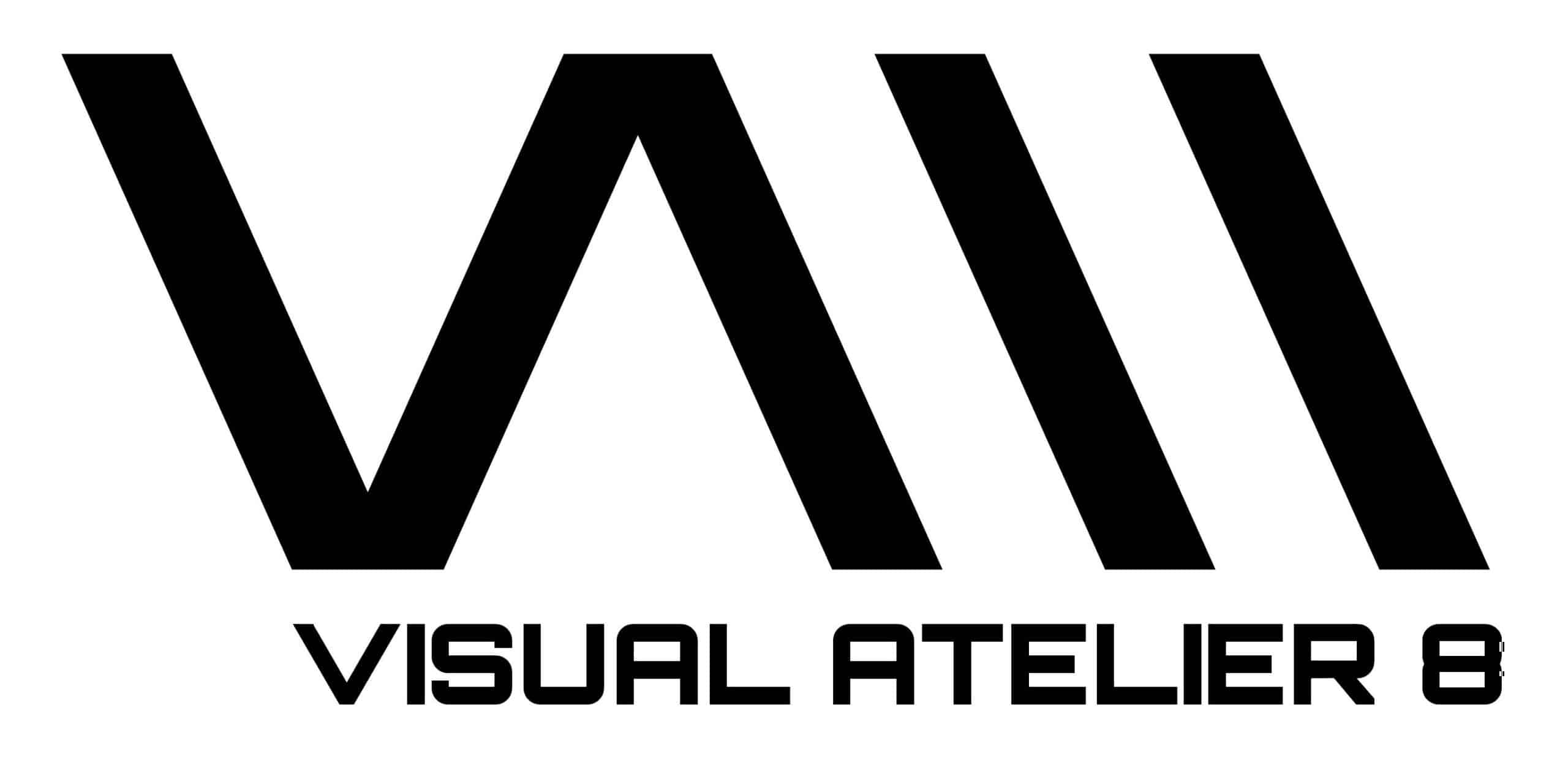
In conversation with Nicholas Alan Cope
Greetings Nicholas Alan Cope. As a child, do you remember a particular interest in photography? When was your first encounter with it?
I was interested in photography from a pretty early age, but I didn’t have much of an opportunity to get into it until I was in high school. I started taking classes at 15 and decided it seemed like a good opportunity to avoid working in an office. I wasn’t particularly good, but I sort of willed myself through it. It’s more of an puzzle than a talent based art.
Despite your young age, you have already cooperated with many great names and contributed to important projects. Did you find difficult to affirm yourself as an artist?
I spent a lot of time working on art projects with Dustin right out of college. The loose idea was that it was like grad school for the two of us. Rather than sitting in a classroom and paying tuition, we made lots of images and spent our money funding the projects. Since then
I’ve grown a commercial practice, but haven’t made very much art. While I wouldn’t say I have trouble affirming myself as an artist, I do recognize the struggle between making art and money. I’ve given up on the idea that you can make a real living as an artist, I think commercial photography presents an interesting challenge and informs the art you make. If I’m not depending on print sales then I don’t have to consider what the market is looking for.

You collaborated with the creative director Dustin Edward Arnold on projects like Vedas, Putesco and Stamen. Each artist owns a personal style, how did you manage to fuse yours in such a perfect way?
I just got really lucky to meet Dustin at that time. I think we were both on the exact same page aesthetically, and we built a series of rules for working as we shot. It was great to have Dustin coming from the side of graphic design and art direction, we really learned a lot about collaboration.
In “Vedas” are explored the specific changes in way of thinking after the Copernican revolution. Enigmatic figures wrapped in veils are portrayed in a place crossed by light and darkness. Can you tell us how this project born and what is the message it carries with it?
We started with architecture, building the spaces we wanted to see. I had shot a number of church exteriors and we were both interested in the architecture of religion. Dustin kept pushing to shoot figures and so we built a sort of visual language for costumes. The great thing about that project looking back is that we made everything from scratch, just the two of us. In advertising you have so many people involved in a shoot, it’s often difficult to make something with a pure vision.

Is photography for you a way to tell life experience or a medium to express your ideas?
I don’t think of it in terms of my life experience. I’m more interested in using the limitations of the medium to create a new world. I always strive for a slight disconnection from reality.
Which have been the major factors or persons that influenced your artistic aesthetic?
I like to look at historical photography. Irving Penn is hands down my favorite and an influence on nearly everything I shoot. Grant Mudford’s work in the early 1970’s changed how I think about composition, I’m not sure where I’d be if I hadn’t seen his work.
Usually the creation process of something great is a complex engagement, which requires deep focus and devotion. Does create reveal itself always a joy for you or it happened to be a “painful” experience?
Some images or projects are easier than others. You can fight something and eventually extract the image you were working towards, or just spin your wheels all day and never be satisfied. Other images just come together easily. I wish I could say that the best images just come together without a struggle, but it’s just not true. Sometimes you really have to work for it.

In April of 2013 you have released your book Whitewash, where you capture the magnificent beauty of LA through a beautifully balanced minimalism in black and white.What did you enjoy most about exploring this city?
I had been shooting that project intermittently from 2005-2012. It started because I was new to the city and wanted to explore, coming from Maryland the LA landscape was pretty exotic and foreign. It was always interesting to go from neighborhood to neighborhood and see how the architecture and landscape changed over the decades. Certain parts of the city were developed at specific times and the architecture always reflects that development.
Are there any personal rules that you respect while working on a photograph or you rely on inspiration and chance to guide you?
I have tons of rules, but maybe a few that are almost always relevant. I like for lighting to be coherent and relatively natural. Light typically comes from one direction in the real world. You have to respect, or at least understand the impact of gravity on how people perceive a photograph.
Who is Nicholas Alan Cope favorite photographer?
Irving Penn




All images, courtesy of artist Nicholas Alan Cope
Nicholas Alan Cope website: https://nicholascope.com/

